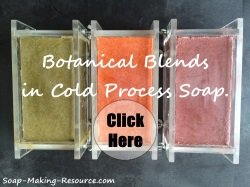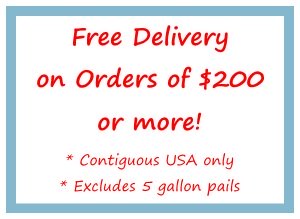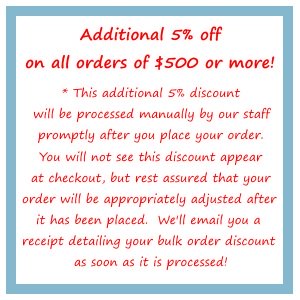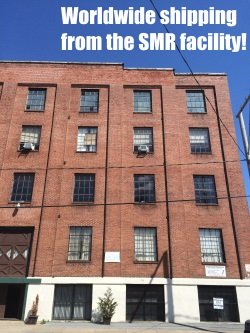Shea Butter for Soap Making
Using shea butter for soap making will add a wonderful creamy lather, great conditioning properties and some hardness to your soap.
Shea Butter (Unrefined) 10% Off (Out of Stock) | ||
| Shea Butter (Unrefined) 13.5 Ounces | $8.95 | Out of Stock |
| Shea Butter (Unrefined) 1.5 Pounds | $15.12 | Out of Stock |
| Shea Butter (Unrefined) 3 pounds | $25.65 | Out of Stock |
| Shea Butter (Unrefined) 7.5 pounds (1 Gallon) | $46.90 | Out of Stock |
| Shea Butter (Unrefined) 5 Gallons (37.5 Pounds) | $212.93 | Out of Stock |
Soap Making Resource's quality products: |
|||
 |
 |
 |
 |
 |
 |
 |
 |
Free delivery on orders $200 or more *Contiguous USA only |
|||
Sign up for the Soap Making Resource e-Newsletter. |
|||
Orders Outside the USA Please Click Here. We Ship Worldwide! |
|||
Let's take a look at the fatty acid, iodine, and SAP values for this oil:
| Lauric | 0% |
| linoleic | 6% |
| linolenic | 0% |
| Oleic | 48% |
| Palmitic | 5% |
| Ricinoleic | 0% |
| stearic | 40% |
| myristic | 0% |
| Iodine Value | 59 |
| SAP Value Sodium Hydroxide | .128 |
| SAP Value Potassium Hydroxide | .179 |
Incorporating shea butter into your soap recipe will give your product the following attributes:
| Bubbly lather | No |
| Creamy/Stable lather | Yes |
| Cleansing | Mild |
| Conditioning | Yes |
| Hardness | Yes |
A very nice creamy lather will be added to your finished product when using shea butter for soap making. In most circumstances, other oils, like castor oil, should be added to the recipe in order to make the lather a bit bubblier. This will help keep the soap from feeling overly slimy.
The conditioning and soothing properties of shea butter are very good. Some claim that this ingredient will soothe burns, reduce wrinkles, help heal acne and even provide natural UV protection. For this reason, shea butter is very popular and beneficial within leave on products.
When using shea butter to make soap, many soap makers allow it to take up anywhere from 5% to 30% of the oils used within a recipe. Some have even made 100% shea butter bars with decent results.
|
Sign Up Today!
*Your information is SAFE with us! |
Keep in mind that this ingredient is relatively expensive, so using very large amounts may be impractical... especially if you are selling it and want to keep your prices reasonable. I recommend the 10% to 15% range. This amount will keep your prices low and yield amazing results especially when balancing your recipe with other soap making oils.
When using Shea butter for soap making trace does speed up substantially, so be sure to adjust your soap making method accordingly. You can slow down trace by stirring manually instead of using a stick blender and by soaping at a cooler temperature then usual. When using 10% shea butter or more, I would mix the lye solution and soap making oils at around 90 degrees Fahrenheit.
Some soap makers will superfat with this ingredient by adding it later in the soap making process when a light to medium trace is reached. This will possibly leave some of the shea butter unsaponified allowing you to experience the benefits of this ingredient in an unadulterated form. Adding about 1 tablespoon per 3 pounds of oils when using this method is commonplace. Of course, you can always adjust the amount of shea butter that you add depending on your personal preferences.
Possibly a better method of superfatting with shea butter is to rebatch your soap, adding the shea butter at the appropriate stage after saponification has already occurred. This will ensure that the shea butter will not take part in saponification but will remain unadulterated within your product. Click here for a rebatching soap tutorial.
When you buy shea butter, be sure to make your purchase from a reliable company. Although I never had a bad experience purchasing this ingredient, I've heard that some shea butter suppliers will sell a vegetable oil and shea butter mixture passing it off as the real thing! As always, just be careful and be sure to do business only with a reputable source.
Return from shea butter for soap making to the soap making ingredients main page. Return to the soap making resource home page.











